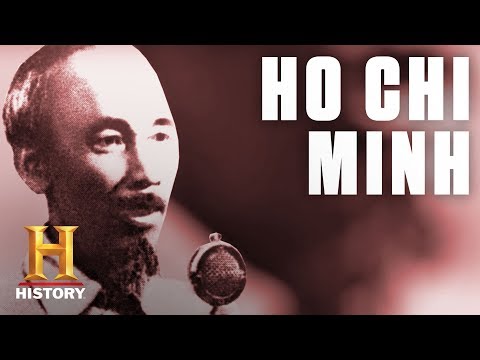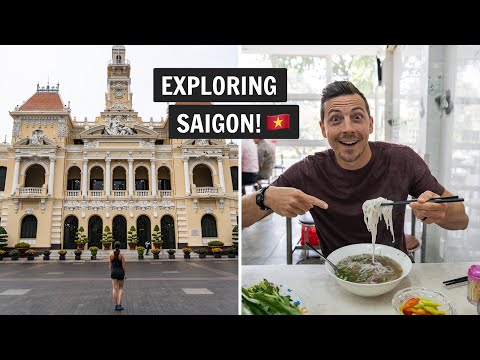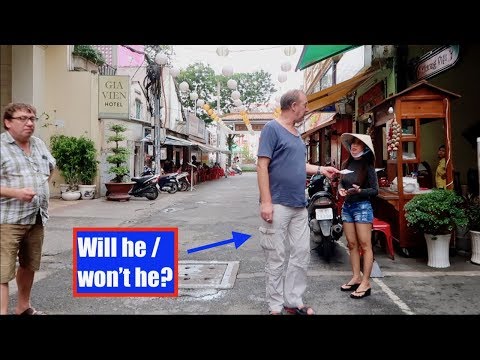Is It Ho Chi Minh Or Saigon? The Intriguing Story Behind Vietnam’s Dual-City Name
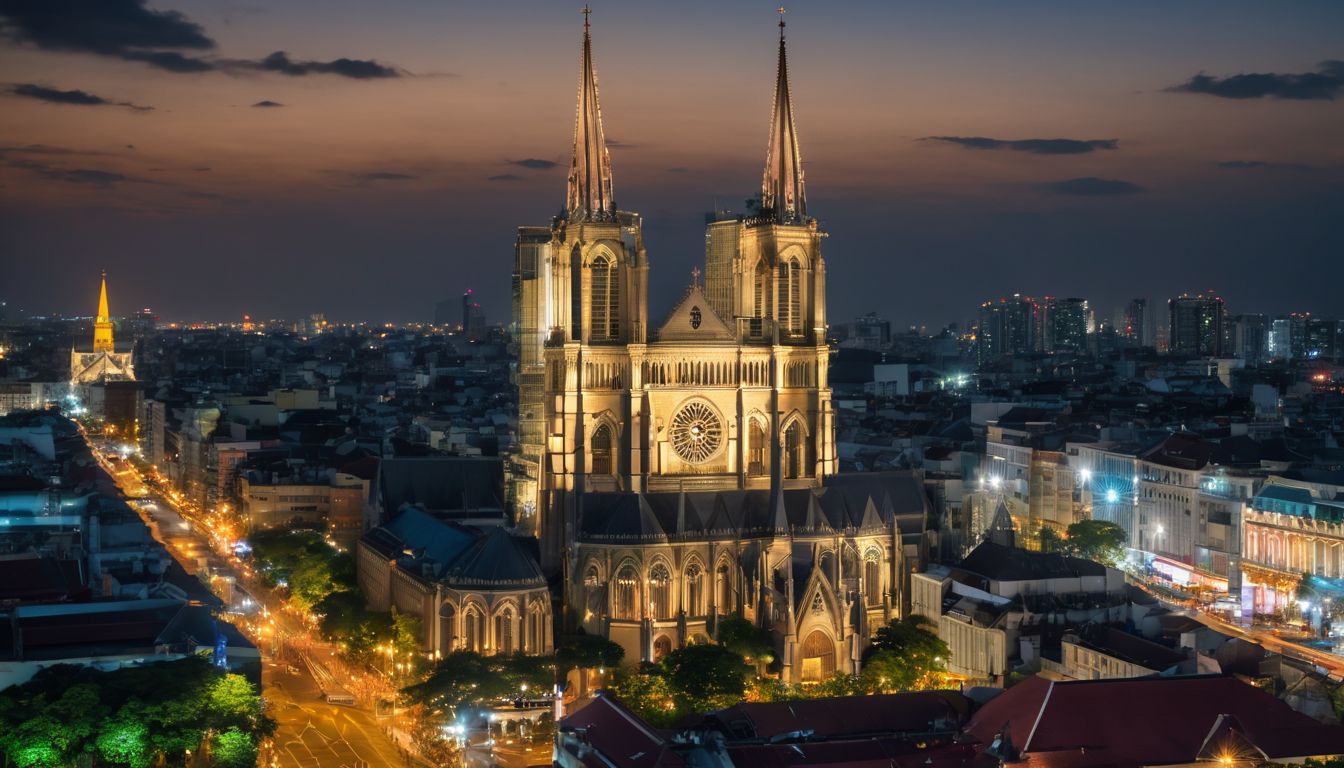
Ever wondered why most people can’t decide between calling it Ho Chi Minh or Saigon? Well, this massive Vietnamese city carries a tale of two names. In this blog post, we will unravel the captivating story behind Vietnam’s dual-city name and its historical significance.
Keep reading; you’re about to embark on an intriguing journey through time!
Key Takeaways
- Ho Chi Minh City, formerly known as Saigon, carries a tale of two names with a rich and complex history.
- The city has been known by different names throughout its history, including Prey Nôkôr and Gia Định.
- Saigon was the name used during the French colonial era and the Republic of Vietnam era, while Ho Chi Minh City became the official name after the Vietnam War.
- Both names are widely recognized and used interchangeably by locals and visitors.
The History of Ho Chi Minh City’s Name
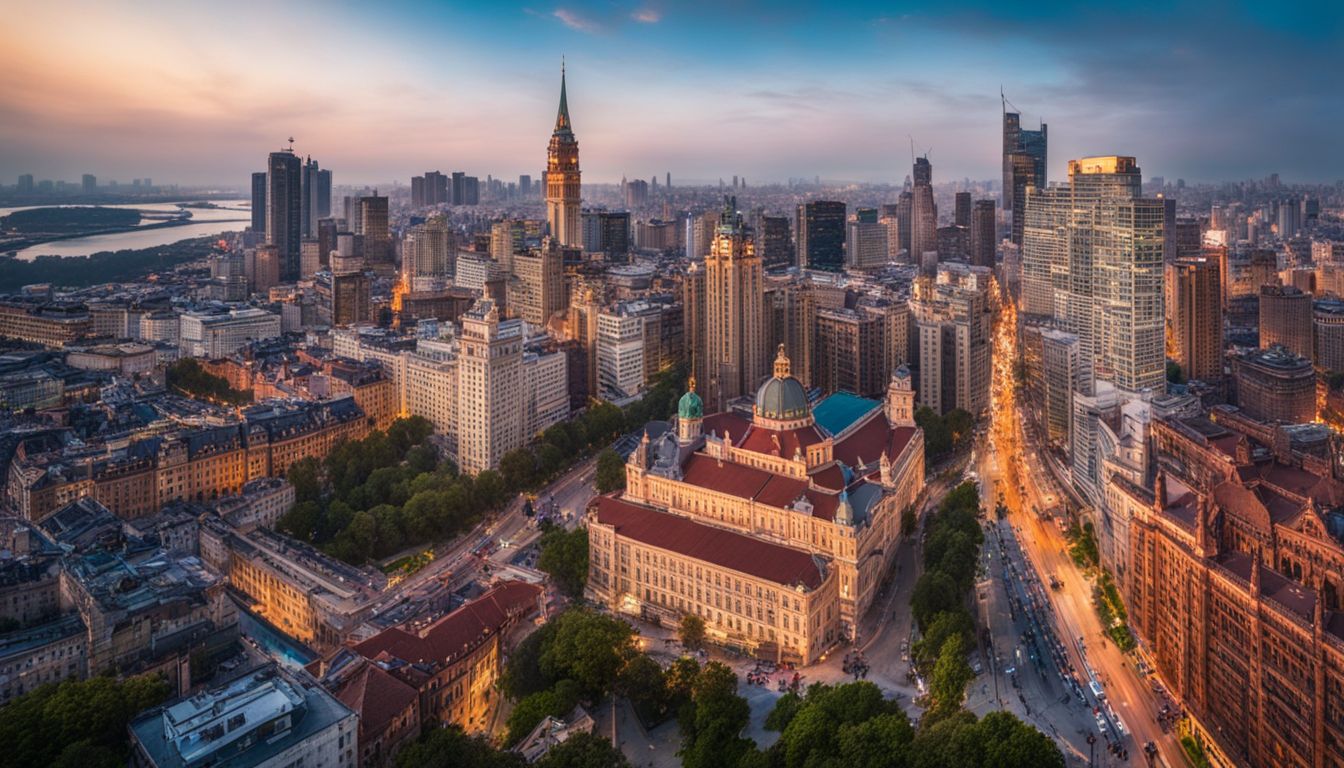
The name Ho Chi Minh City has evolved through various historical periods in Vietnam’s history.
Early settlement

People first came to Ho Chi Minh City many years ago. The city was part of big kingdoms like Funan, Chenla and the Khmer Empire. These were tied to what is now Cambodia. It had a different name back then, Prey Nôkôr.
This happened before it became bigger in the 11th and 12th centuries.
Nguyễn Dynasty rule

The Nguyễn Dynasty took over Vietnam. This rule started in 1802 and ended in 1945. It was the first time a ruler had full control of the whole country. They set up systems to run things, much like how we have mayors and governors today.
They added new land to Vietnam too. The Dynasty took over Cambodia and Champa, making them part of their area. But China did not see them as true rulers because they ruled on their own terms.
In Saigon, this dynasty built a fort in 1790 for defense purposes. This building is still an important part of the city’s history today.
French colonial era
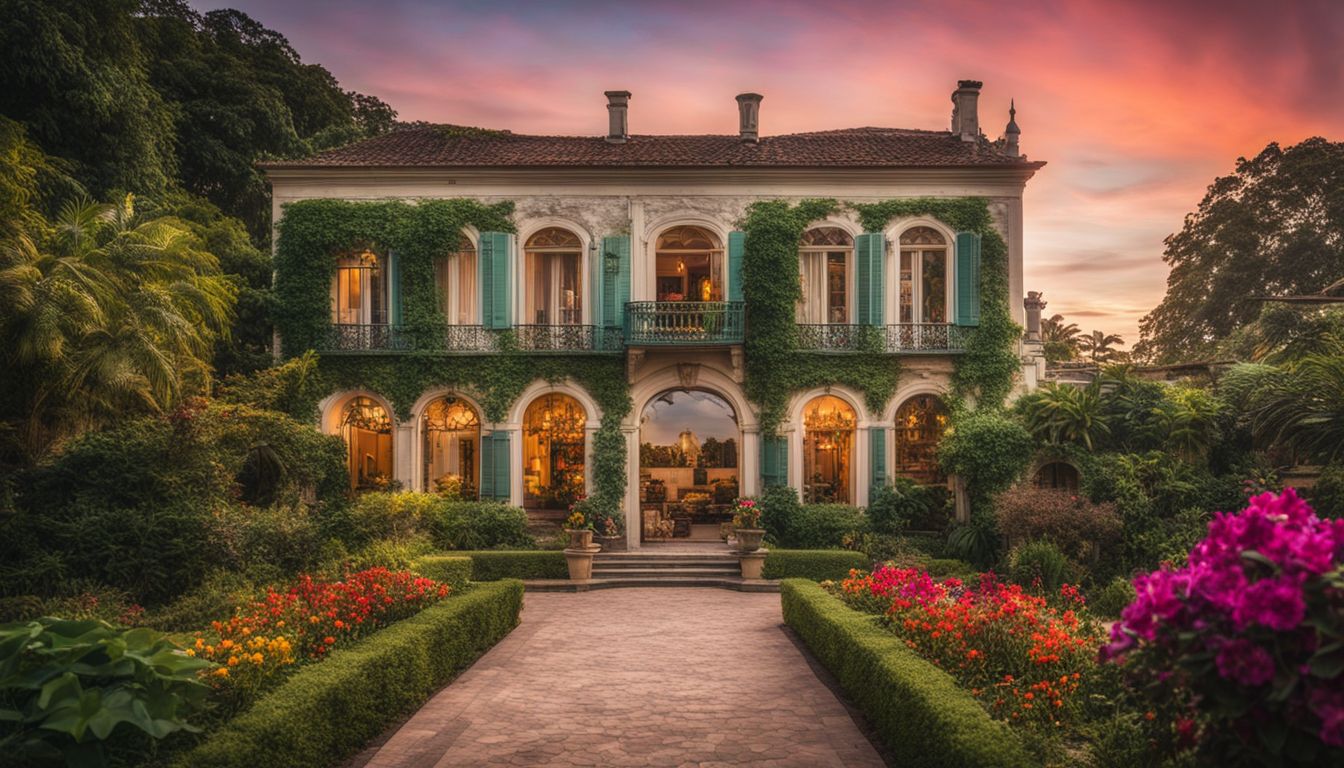
In 1859, French soldiers broke down the fort at Gia Dinh. This place later became Saigon. From 1862 to 1954, Saigon served as the hub of the French colony Cochinchina. The city was full-on under their control.
Many roads there still carry French names today. These facts link Saigon’s two names to its past in Indochina during the time of French rule.
Republic of Vietnam era
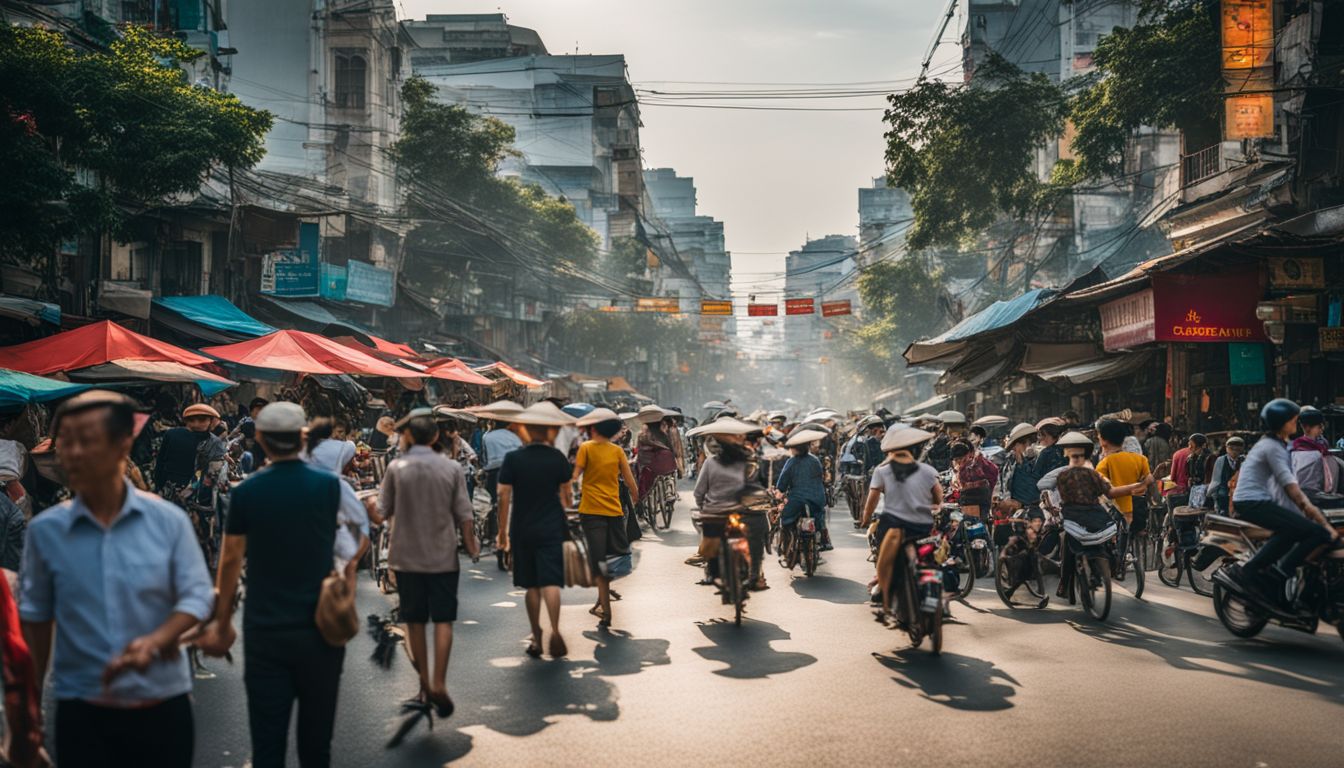
During the Republic of Vietnam era, Saigon served as the capital of South Vietnam. This period started in 1955 and lasted until 1975. Saigon was a bustling city and the center of political, economic, and cultural activities in South Vietnam.
It played a significant role during this time as the base for the government under President Ngô Đình Diệm and later President Nguyễn Văn Thiệu. Despite being renamed Ho Chi Minh City after the fall of Saigon in 1975, many people still refer to it by its former name due to its historical significance.
Post-Vietnam War and today
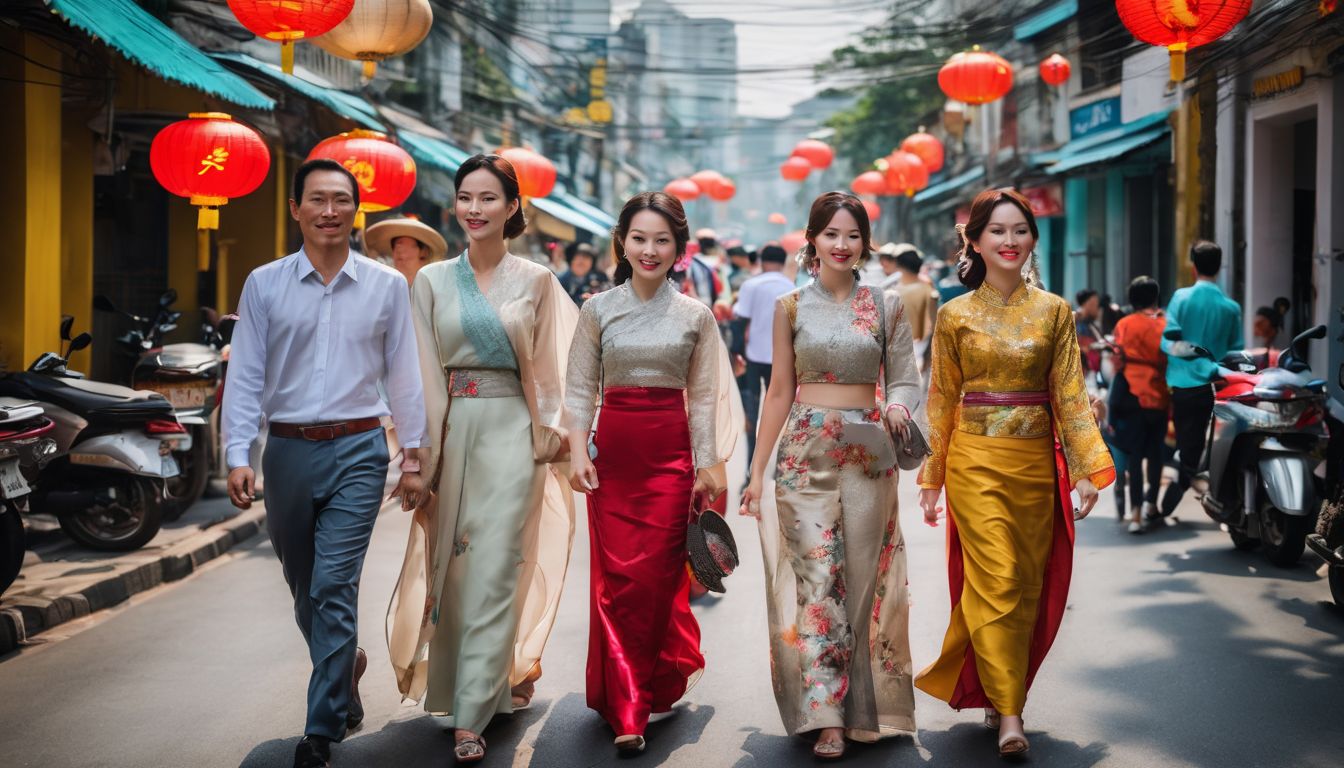
After the Vietnam War ended in 1975 and Saigon was renamed Ho Chi Minh City, the city underwent significant changes. It became the political, economic, and cultural center of reunified Vietnam.
The government invested heavily in infrastructure development, leading to the construction of modern buildings and highways. Today, Ho Chi Minh City is a bustling metropolis with a vibrant nightlife, diverse cuisine, and a thriving business scene.
It continues to attract tourists from all over the world who come to explore its rich history and experience its dynamic atmosphere. While some locals still prefer using the name Saigon for sentimental reasons or convenience, both names are widely recognized and used interchangeably by residents and visitors alike.
The Significance of Different Names
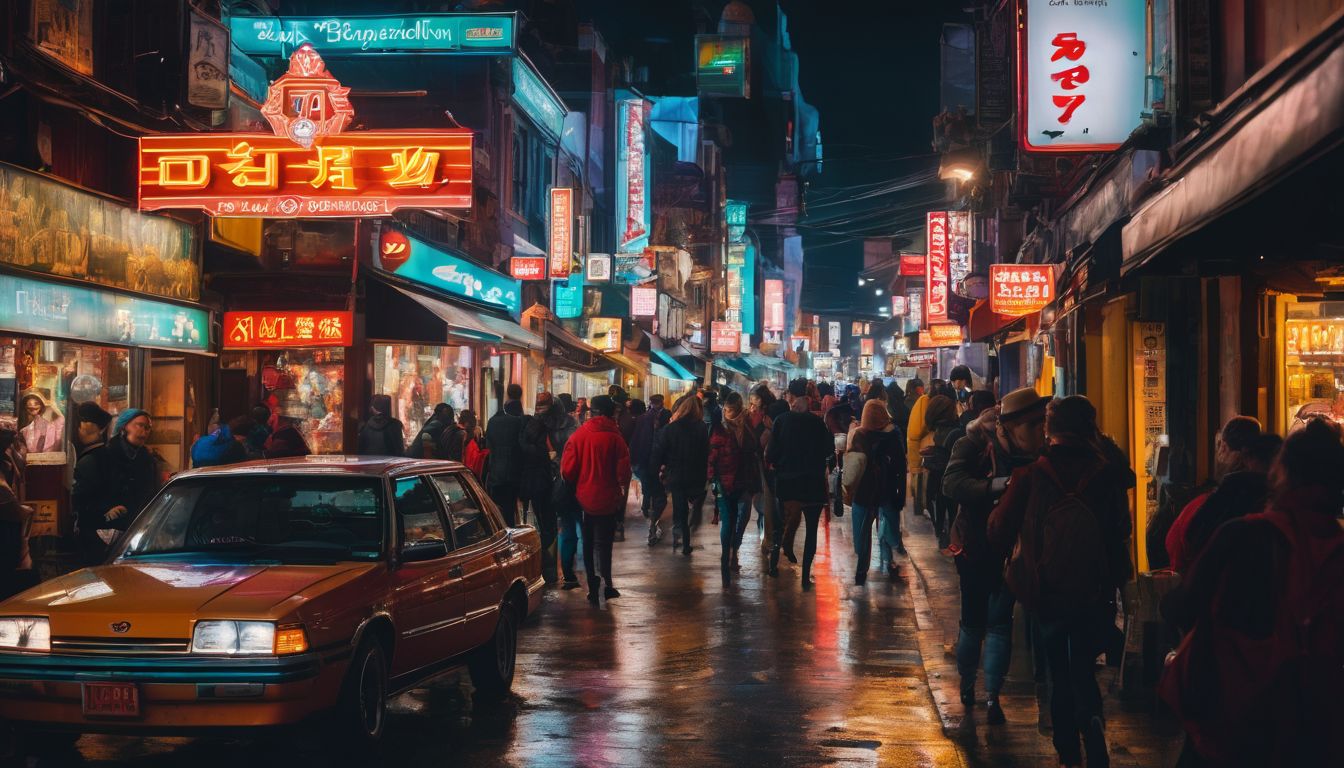
Over the centuries, Ho Chi Minh City has been known by various names, each reflecting a different era of its rich history.
Prey Nôkôr

Before Ho Chi Minh City and Saigon, the city was known as Prey Nôkôr. This name comes from the Khmer language and was used during the time of the Khmer Empire. It is believed that there may have been a settlement in this area before its prominence in the 11th and 12th centuries.
The name Prey Nôkôr holds historical significance as it represents the city’s connection to Cambodia and its past under Khmer influence.
Gia Định

During the 18th century, Ho Chi Minh City was called Gia Định. This name was officially given to the city after it was captured and placed under Vietnamese control. Gia Định was a bustling trading center, attracting ships from China, Malaysia, the Netherlands, and Portugal.
At that time, it was known for its vibrant commerce and cultural diversity. However, over time, the city’s name changed to Saigon during the French colonial period.
Sài Gòn
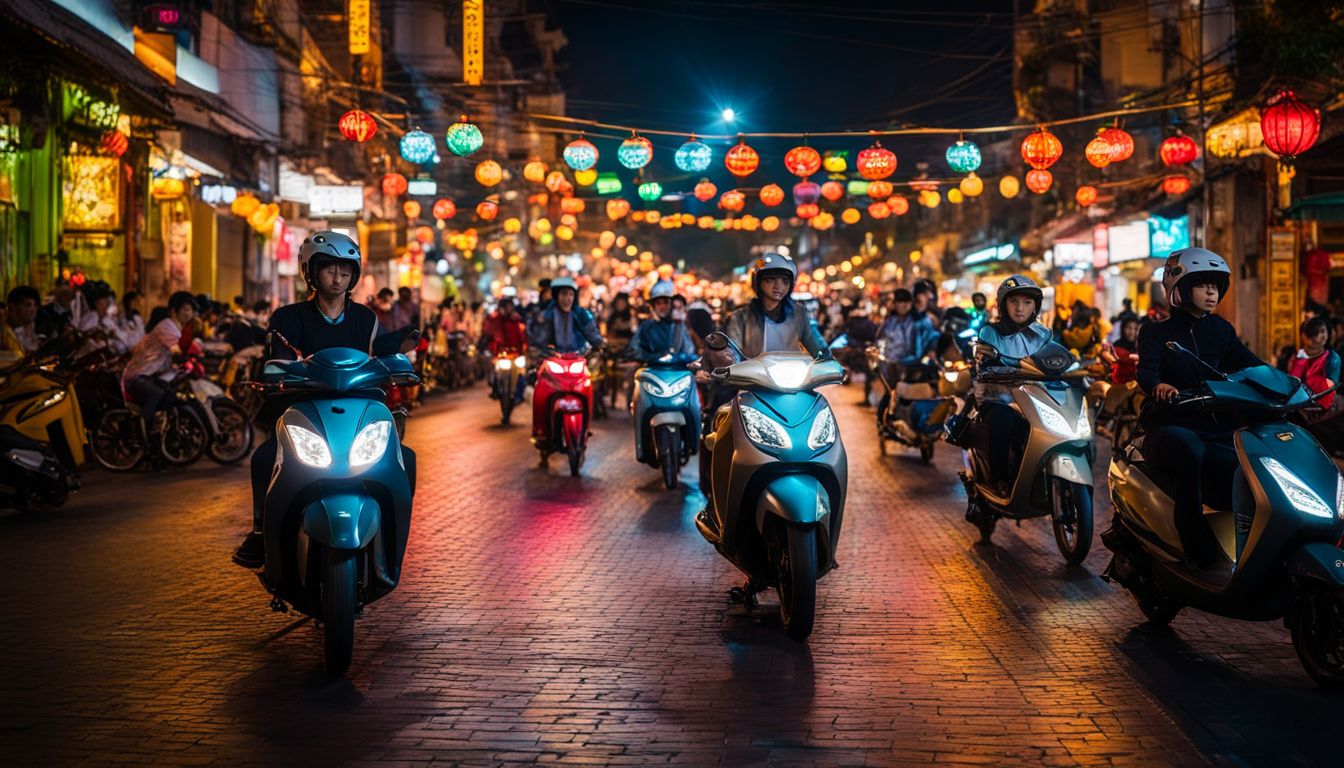
Sài Gòn is one of the names associated with Ho Chi Minh City. It has a significant historical and cultural meaning for the Vietnamese people. The name Sài Gòn is still widely used and recognized by the majority of Vietnamese, both within Vietnam and abroad.
This name carries a sense of nostalgia and connection to the city’s past, especially during its time as a bustling commercial center before and during the French colonial era. While Ho Chi Minh City is now the official name, Sài Gòn remains an important part of Vietnam’s identity and continues to be embraced by many locals.
Where the Name “Saigon” is Used

Saigon, the former name of Ho Chi Minh City, is still commonly used by locals and visitors to refer to the city. The name “Saigon” is particularly associated with the central and historic area of Ho Chi Minh City, which includes landmarks like Notre-Dame Cathedral and the Central Post Office.
Additionally, many businesses and establishments in this part of the city continue to use “Saigon” in their names. You may also notice that the airport code for Ho Chi Minh City is “SGN,” which stands for Saigon.
So if you hear or see people using the name Saigon when talking about this vibrant Vietnamese city, know that they are referring to what is now officially called Ho Chi Minh City.
The Use of “Ho Chi Minh City”
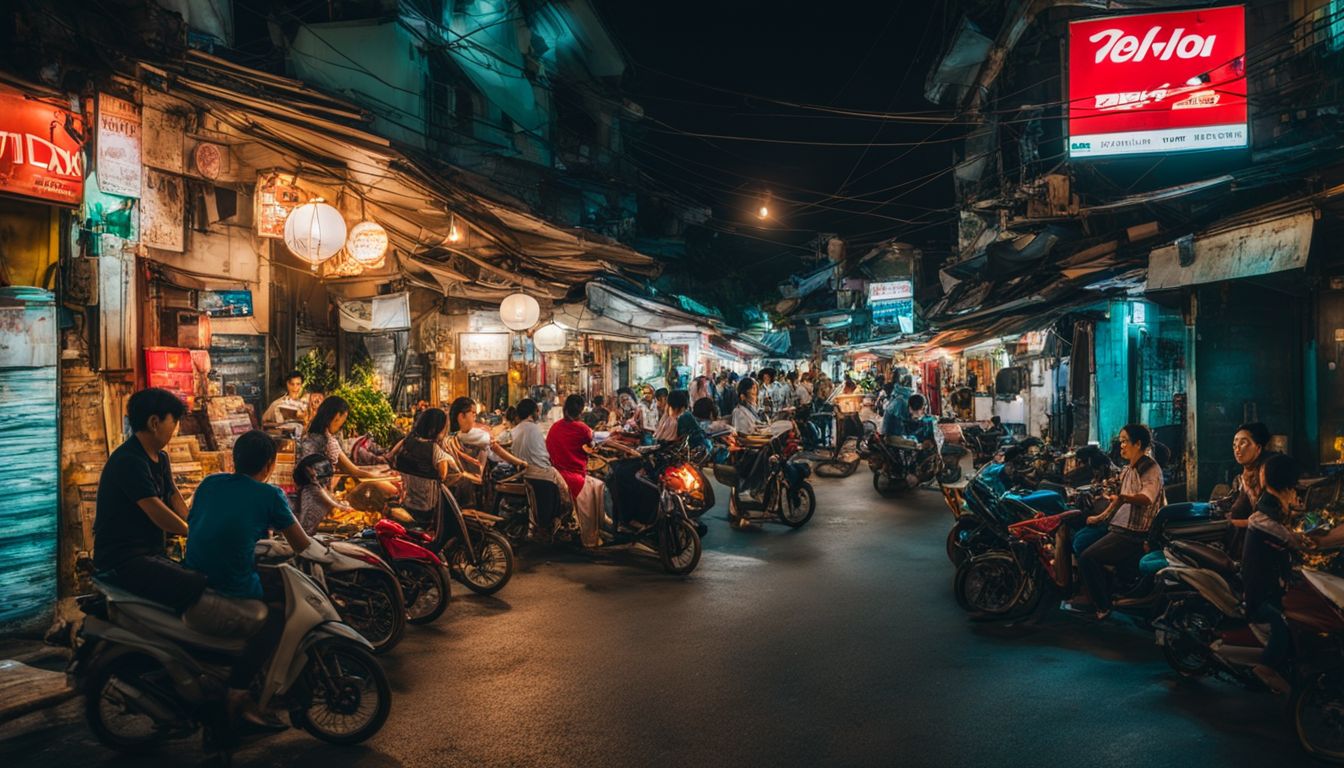
Ho Chi Minh City is the official name of the city, but many people still call it Saigon. Since the fall of Saigon in 1975, the government renamed it Ho Chi Minh City as a tribute to their leader.
However, both names are used interchangeably by locals and foreigners alike. The abbreviation HCMC is also commonly used to refer to the city. This dual-city name reflects its complex history and different perspectives surrounding it.
Cultural and Historical Context

Ho Chi Minh City, formerly known as Saigon, has a rich cultural and historical context that shapes its identity today. Throughout its history, the city has been influenced by various cultures and events.
It was originally settled by the Khmer people before being ruled by the Nguyễn Dynasty.
During the French colonial era, Saigon became a major trading hub and experienced rapid urbanization. This led to an influx of immigrants from different parts of Vietnam and other countries, creating a diverse melting pot of cultures in the city.
The Republic of Vietnam era saw further changes as Saigon became not only a political capital but also a center for economic growth and modernization in South Vietnam. After the end of the Vietnam War, when North and South Vietnam were reunified under communist rule, it was renamed Ho Chi Minh City to honor the former leader.
Today, Ho Chi Minh City continues to be a vibrant metropolis with bustling streets filled with historic landmarks showcasing both its Vietnamese heritage and its colonial past. The fusion of traditional Vietnamese culture with international influences is evident in its architecture, cuisine, arts scene, and festivals.
Understanding this cultural and historical context is crucial to appreciate Ho Chi Minh City’s unique character and how it has evolved over time. From ancient civilizations to colonial influence to modern-day multiculturalism – all these elements have shaped the city into what it is today: a dynamic blend of tradition and progress.
Perception among Locals and Foreigners

Locals and foreigners have different perceptions when it comes to the names used for Ho Chi Minh City. The locals often prefer to call it Saigon, which is a name deeply rooted in their history and culture.
It represents nostalgia and memories of the city’s vibrant past before the communist regime came into power. For them, Saigon symbolizes a sense of freedom and prosperity.
On the other hand, foreigners are more familiar with the name Ho Chi Minh City, as this is what they usually see on maps and travel guides. To them, this name represents the current political regime and reflects Vietnam’s post-war era.
Foreigners may not have as much attachment to the name Saigon or understand its historical significance in the same way that locals do.
These differing perceptions between locals and foreigners can sometimes lead to misunderstandings or confusion when discussing or referring to the city. Some people may feel strongly about using one name over another based on personal beliefs or political views.
However, it’s essential to respect each individual’s preference and understanding of these names without imposing our own perspectives onto others.
Impact on Tourism
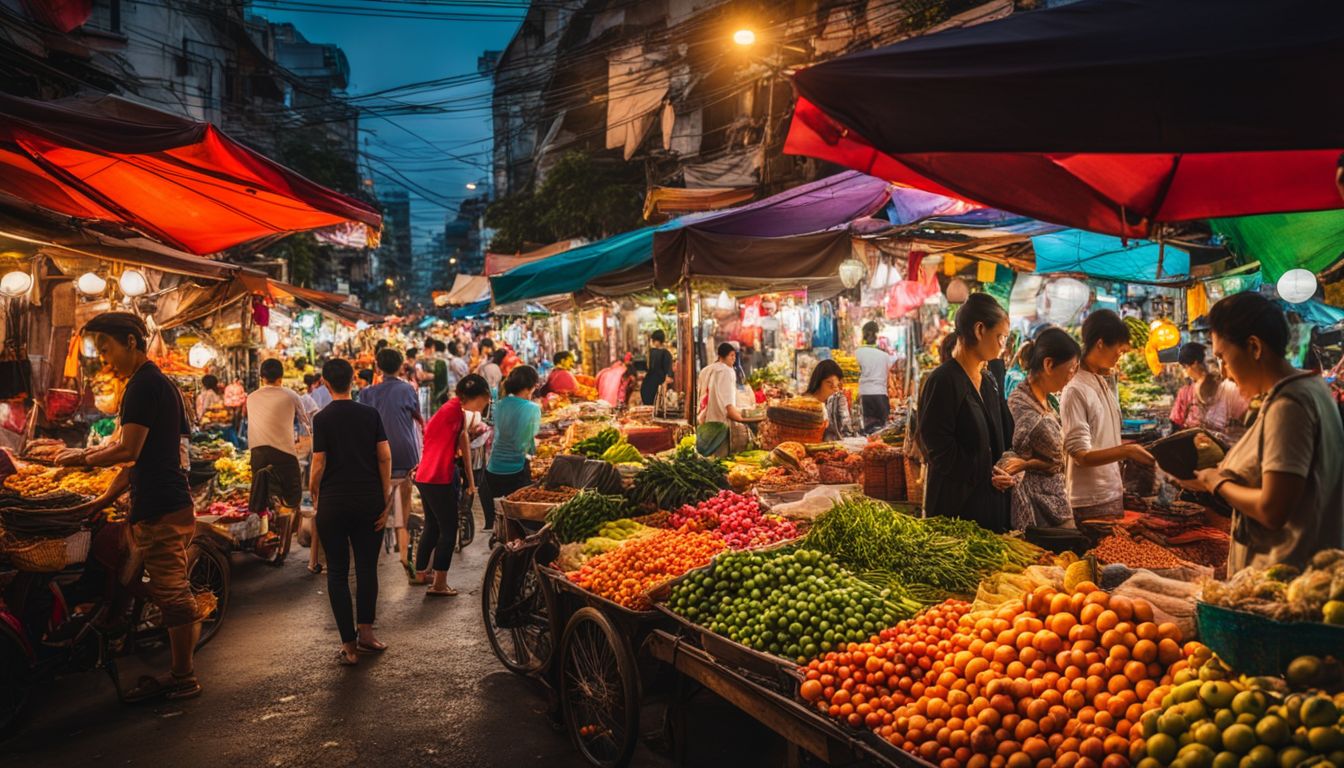
The dual-name of Ho Chi Minh City, also known as Saigon, has a significant impact on tourism. Many tourists visit the city to explore its rich history and experience its vibrant culture.
The name “Saigon” holds historical significance as it represents the city’s past under French colonial rule and during the Vietnam War. For many foreigners, Saigon is more recognizable and evokes nostalgia.
On the other hand, “Ho Chi Minh City” represents Vietnam’s post-war era and honors the country’s former leader. This name is preferred by locals who see it as a symbol of national pride and unity.
However, some tourists may find it less familiar or harder to pronounce.
The dual-name situation can sometimes confuse travelers when planning their trips or searching for information online. It is important for tourism authorities to clarify this issue in order to provide accurate guidance to visitors.
Overall, both names have an impact on tourism in Ho Chi Minh City by attracting different types of travelers with varying interests in history, culture, and politics.
Controversies and Debates

There are ongoing controversies and debates surrounding the use of the name “Ho Chi Minh City” versus “Saigon.” Many people still refer to the city as Saigon, especially those who were born or grew up there before it was officially renamed.
They see Saigon as a symbol of their heritage and resistance against communism. On the other hand, supporters of the name Ho Chi Minh City view it as a way to honor Vietnam’s communist leader and his contributions to the country’s independence.
This disagreement reflects deeper divisions within Vietnamese society about the legacy of the Vietnam War and who should be celebrated as national heroes. The debate over the city’s name also reflects political tensions between different factions in Vietnam, with some advocating for a return to Saigon while others defend Ho Chi Minh City.
Ultimately, this controversy highlights complex historical, political, and cultural issues that continue to shape modern-day Vietnam.
Conclusion
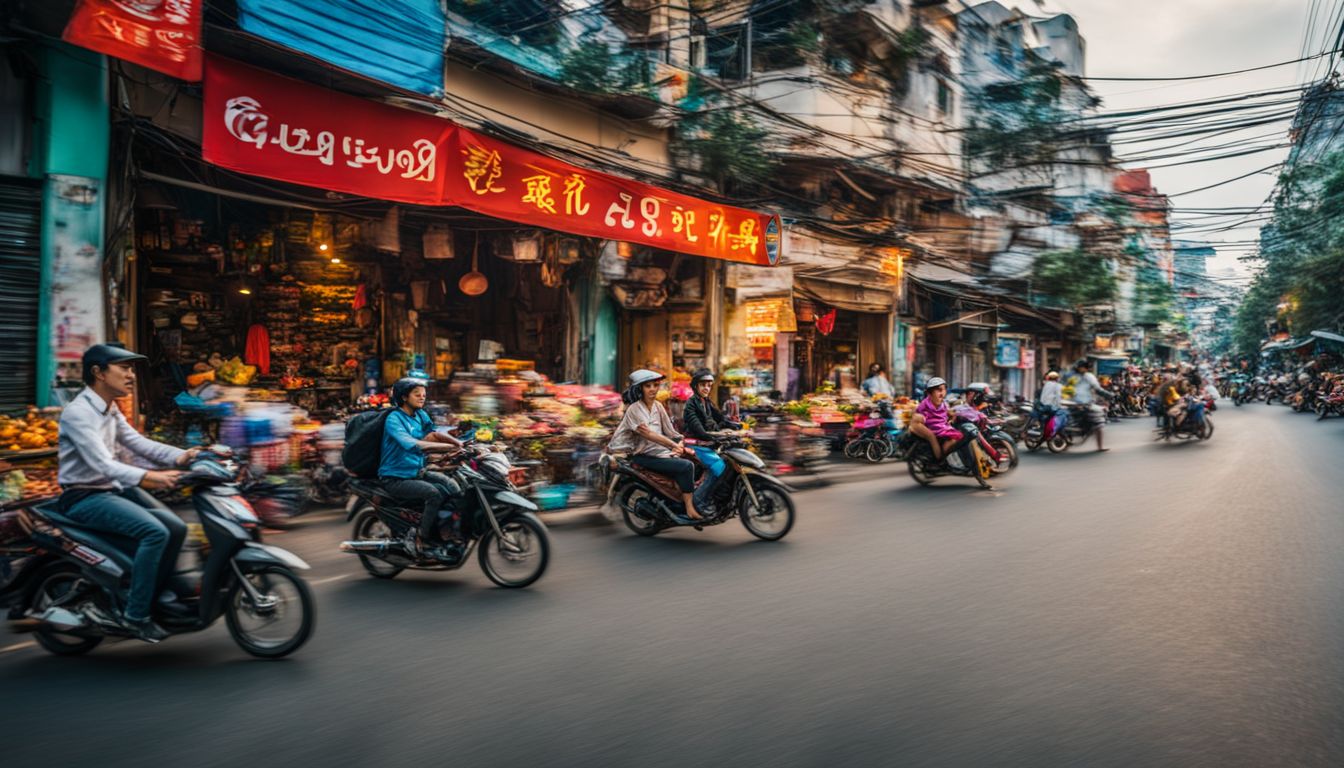
So, whether you call it Ho Chi Minh City or Saigon, this city in Vietnam has a fascinating story behind its dual-city name. From its early settlement to French colonial rule and the Vietnam War, the name has changed multiple times.
The official name is now Ho Chi Minh City, but many locals and expats still prefer to call it Saigon for its cultural significance. Despite the debate over its name, this vibrant city remains an important center in Vietnam with a rich history and diverse culture.
FAQs
1. What is the dual-city name of Vietnam?
The dual-city name of Vietnam is Ho Chi Minh City and Saigon.
2. Why are there two names for the same city in Vietnam?
There are two names because the city was known as Saigon but was renamed Ho Chi Minh City later on, yet many still call it by its old name.
3. Is it wrong to call Ho Chi Minh City as Saigon?
No, it’s not wrong to call it Saigon. Both names are present and widely used today.
4. Which name is more popular among locals: Ho Chi Minh or Saigon?
Both names – Ho Chi Minh and Saigon – are commonly used by locals, so no one term can be said to be more popular than the other.
